Welcome to our newsletter
We’re creating safer journeys and restoring heathland around one of the south east’s busiest junctions. A lot has happened in the last few months…
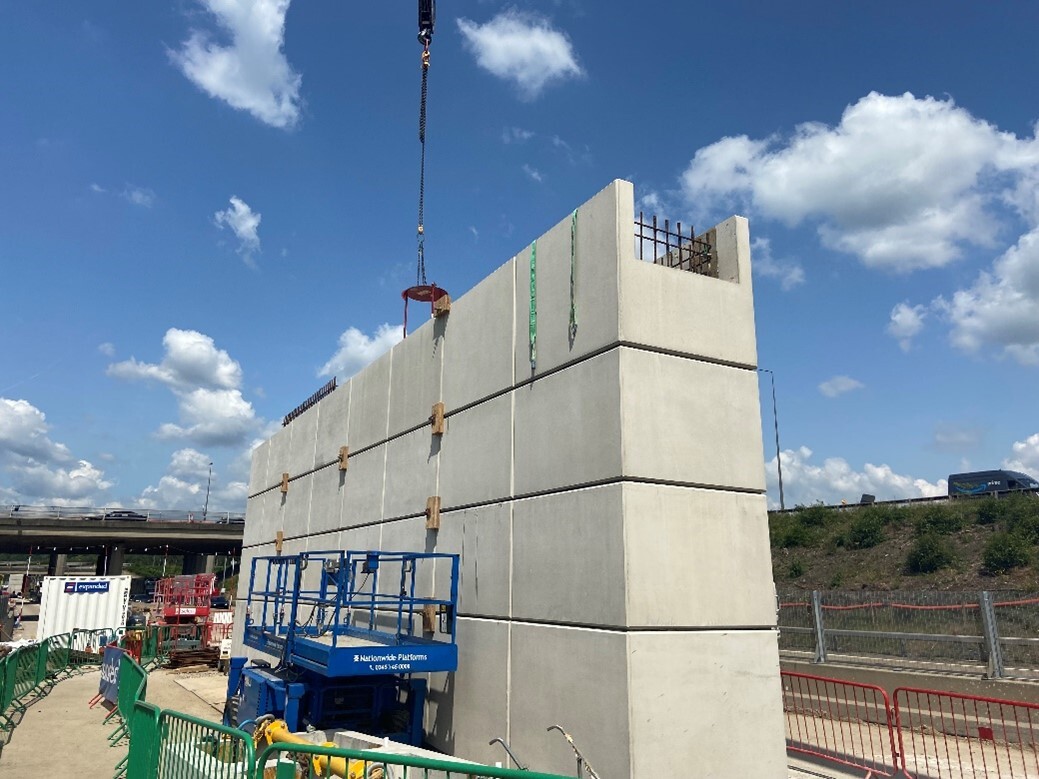 Using pre-cast concrete blocks is safer, quicker and takes less time to build.
We’re building eight new bridges to ease congestion and improve accessibility for walkers, cyclists and horse riders around the junction. You may have seen the building blocks for these start to appear across the project already.
We’re in the early stages of building two bridges that will eventually carry the new, wider junction 10 roundabout over the M25, providing much needed capacity.
Building the bridge piers using pre-cast concrete blocks is much quicker – and because we're able to work in a smaller space, we can keep traffic flowing. It is also much safer for our workforce and saves 30% in carbon emissions compared to conventional construction methods.
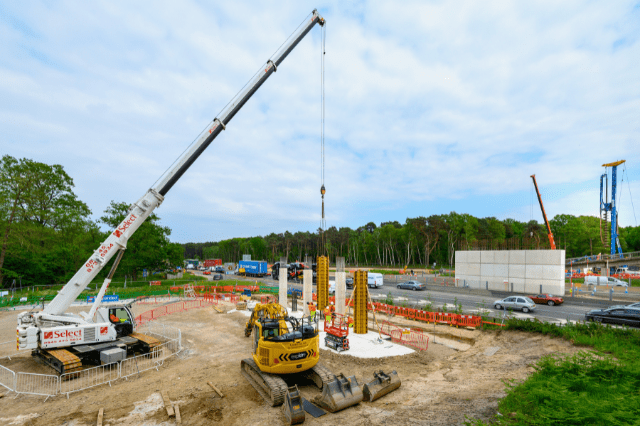 The new Wisley Lane bridge is under construction, seen here looking towards Ockham Common.
The new bridge at Wisley Lane is rapidly taking shape and we’re now building the bridge supports. This bridge for cars, walkers, cyclists, and horse riders will take a new road over the A3 and make travelling to the RHS Gardens and Wisley village safer and easier.
We’ll need to close the A3 in both directions for a whole weekend this autumn so we can lift the bridge beams into position. We’ll share more information about this nearer the time.
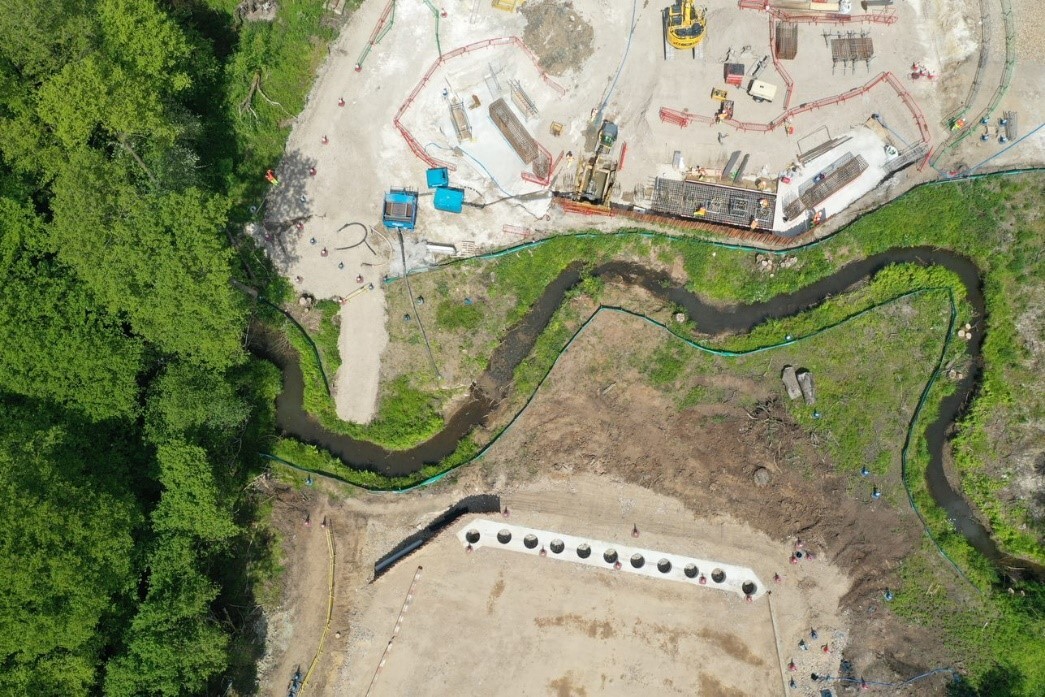 Aerial view of Stratford Brook and bridge construction near Ockham Park roundabout.
Before that, however, the first beams to go in will be at the new Stratford Brook bridge. This bridge will take the new road we’re building from Ockham Park over Stratford Brook and onto Wisley Lane. We’ve started to lay the foundations for this already.
Learn more about the new bridges we’re building in our online information portal.
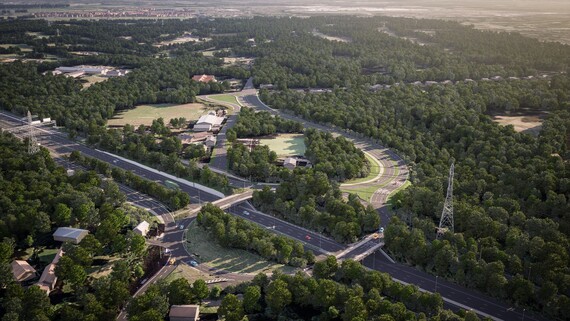 Artist's impression of the A245 improvements around Painshill.
As part of our scheme, we’re also making some significant road improvements around the A245 at Painshill – including an additional lane westbound for part of the way between the A3 and Seven Hills Road.
We’ll be starting our work during the school holidays to keep disruption to a minimum, however, the A245 and surrounding roads are expected to be busy.
Find out more about the improvements we’re making in our dedicated factsheet.
Junction 10 is surrounded by ancient heathland – a rare habitat that has declined in Surrey by 85% over the last 200 years. Left on its own, heathland quickly grows into dense woodland and the animals and plants that depend on it disappear.
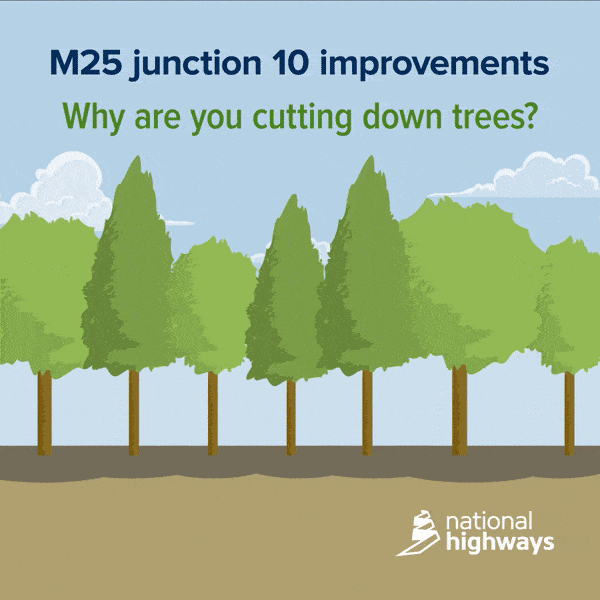 We’re restoring large areas of heathland across Wisley and Ockham Commons. This involves the removal of some trees to allow the heathland to regenerate.
Although this looks harsh, it is the first step to getting it back to its natural state. A lot of the heathland in this area was lost when non-native trees were planted here for timber after the Second World War.
Years later, this timber is now being used for its intended purpose…
We’ve been helping local businesses, construction companies and charities to recycle overgrown Scots Pine into useful things such as fencing, tables, chairs, firewood, horse bedding and so much more.
We’ll need to carry out further woodland clearance around parts of Ockham Common later this year. Again, this will be a long-term process and include thinning over-grown woodland.
Read more in our heathland restoration and woodland management factsheet.
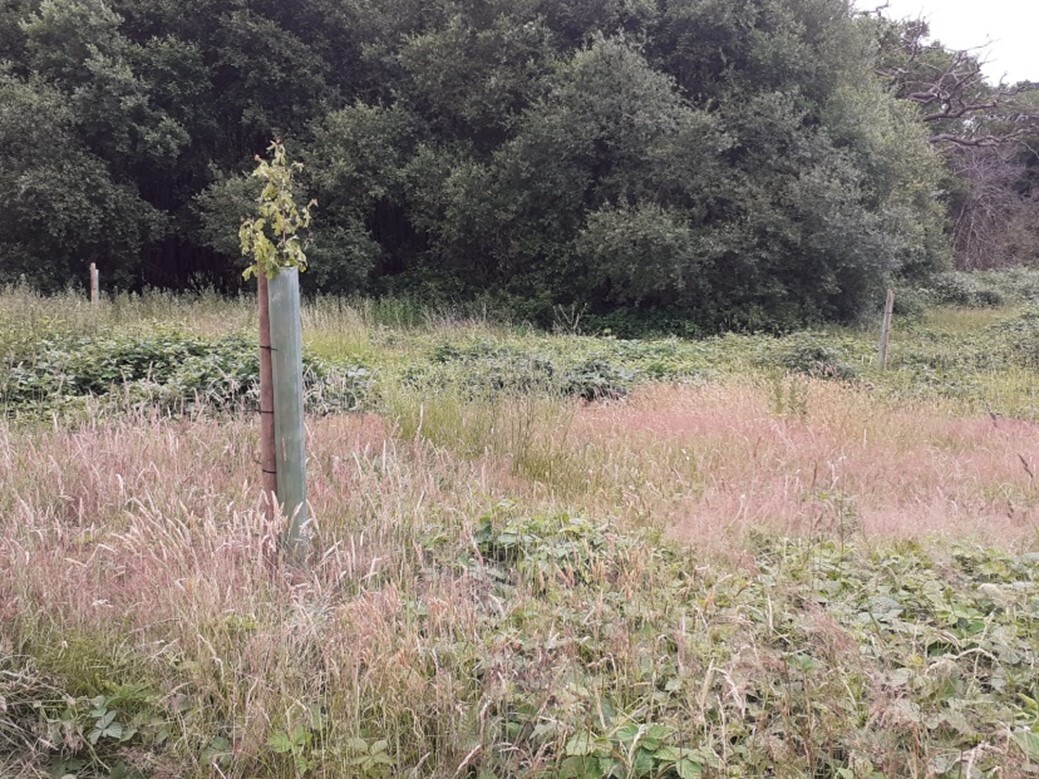 New trees are being planted around junction 10.
Although we need to take some land around the junction to build our scheme, we’re replacing it on a like-for-like basis. This means creating new habitats for local wildlife and planting.
We’ve recently started to plant trees in designated areas along the M25 close to Wisley Common and near Old Lane. There’s more compensatory habitat creation to do between now and 2025.
Find out more in our habitat factsheet.
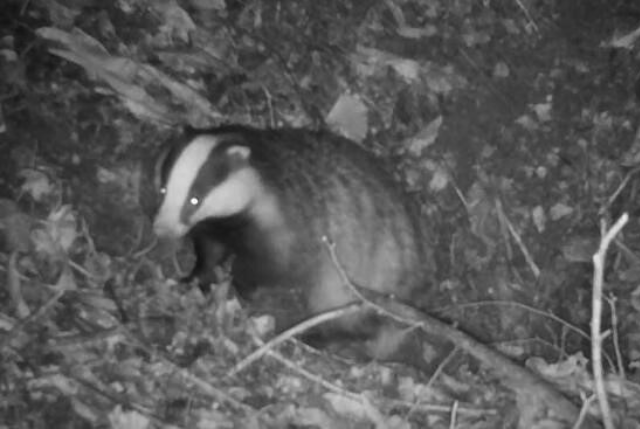 Night-camera footage of badgers using our artificial sett.
We make sure vulnerable species living near our scheme remain protected during construction. Sometimes we need to encourage animals to find safe, new homes that are away from where we are working. Just recently, a replacement badger sett we built has been occupied by a young family.
We’ve been monitoring our stripey-nosed friends using hidden cameras. As badgers are nocturnal and wary of humans, we don’t know exactly how many have re-located, but we do know they have and are settling in rather nicely.
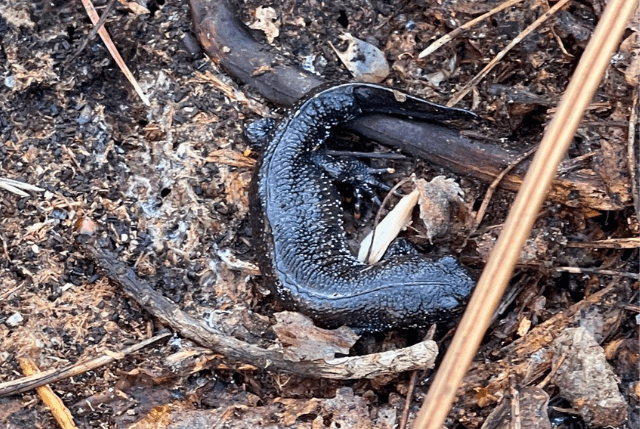 A female Great Crested Newt.
Now, have we got newts for you…
A sleepy female Great Crested Newt was found under a log not too long ago during our regular pre-work checks. The number of newts around our scheme is very low, however, we made sure our amphibian was covered up and the surrounding area left well alone until we were sure they’d moved on.
Newts breed in ponds during the spring and spend the rest of the year feeding on invertebrates in woodland and hedgerows.
Find out more about what we’re doing to protect local habitats and wildlife by reading the factsheets on our website.
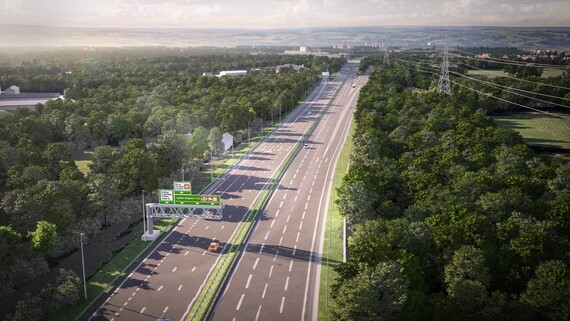 Artist's impression of extra lanes on the A3 approaching Painshill.
Our scheme will see the A3 increased from three to four lanes either side of the junction. Before we can add these extra lanes to increase capacity, we must first redirect major services (like gas and water) that run alongside the road.
To do this, we’ve changed the location of some of our safe working areas and the layout of narrow lanes.
- The northbound exit slip at Painshill has been reduced to one lane so we can take down existing lighting and survey the ground to identify which services are buried there.
- There is now a dedicated lane on the A3 from Ockham Park roundabout which will help with summer visitors to the RHS Gardens at Wisley. In the near future, we’ll need to reduce the slip roads between the A3 and M25 to two lanes.
Please continue to take extra care and drive safely through our work. 50mph speed limits are in place to protect you, our workforce and keep traffic moving.
For the latest information, including upcoming closures, please check our website.
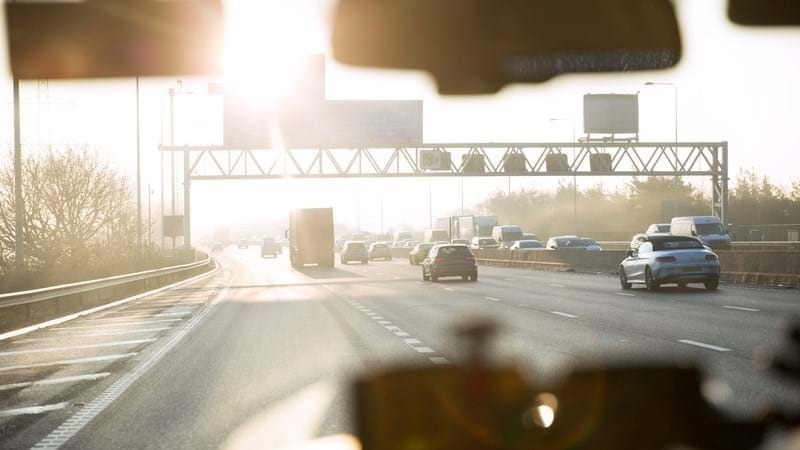 The holidays are almost here – so if you’re planning to get away, remember to swot up on how to check your vehicle and travel advice over the summer months.
Tips and advice on travelling in summer
Where can I find out more?
Keep up to date with the project on our website www.nationalhighways.co.uk/m25j10.
If you have any questions, please email M25j10@nationalhighways.co.uk or call our Customer Contact Centre on 0300 123 5000.
|